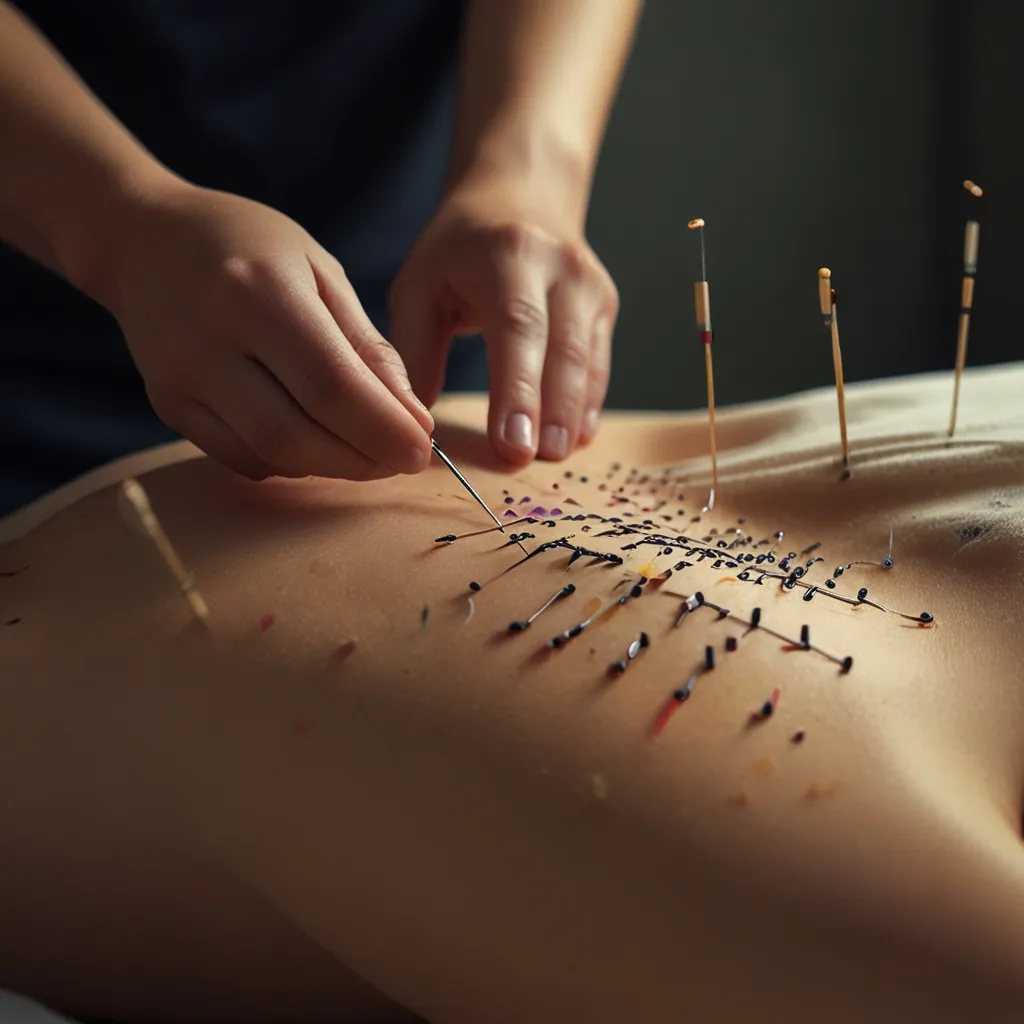Rebuilding Strength After an Injury: A Journey to Recovery
Bouncing back from an injury isn’t just about healing - it’s about rediscovering your strength and resilience. Whether you’ve twisted an ankle or undergone major surgery, the road to recovery can feel long and winding. But with the right approach, you can emerge stronger and more in tune with your body than ever before.
Let’s face it - injuries suck. They disrupt our routines, dash our fitness goals, and leave us feeling frustrated and discouraged. But here’s the thing: your body is an incredible machine with an amazing capacity to heal and adapt. The key is working with it, not against it.
First things first: ditch the “no pain, no gain” mentality. When you’re recovering from an injury, pushing through pain is a recipe for disaster. Instead, tune into your body’s signals. There’s a big difference between the “good” burn of muscles working hard and the sharp zing of something not quite right. Learning to distinguish between these sensations is crucial for a safe recovery.
Now, I know what you’re thinking - “But how am I supposed to get stronger if I can’t push myself?” Here’s where the magic of low-impact exercises comes in. Swimming, cycling, and using an elliptical machine are all fantastic ways to keep your heart pumping without stressing your injury. These exercises are like a gentle hug for your cardiovascular system - they keep you fit without beating you up.
And let’s not forget about the humble walk. It might not seem as exciting as your pre-injury workouts, but don’t underestimate its power. Walking is like a reset button for your body and mind. It gets your blood flowing, lifts your mood, and helps you build endurance. Start small - even a 10-minute stroll around the block is progress. As you heal, you can gradually pick up the pace and distance.
Yoga is another secret weapon in your recovery arsenal. It’s not just about twisting yourself into a pretzel (please don’t try that right now). Gentle yoga poses can work wonders for your flexibility and strength. The Cat-Cow pose, for example, is like a massage for your spine. Child’s Pose helps you stretch and relax at the same time. And Mountain Pose? It’s basically standing up straight, but with intention. These simple movements can make a world of difference in how you feel.
Now, let’s talk about strength training. I know, I know - the thought of lifting weights might make you nervous right now. But hear me out. Bodyweight exercises can be incredibly effective and easily modified to suit your needs. Wall push-ups, gentle squats, and leg lifts are all ways to build strength without overdoing it. The key is to start small and focus on perfect form. Quality over quantity, always.
Stretching is another crucial piece of the recovery puzzle. It’s like giving your muscles a nice, long yawn after a nap. Gentle stretches help improve your flexibility and reduce the risk of further injury. But remember - we’re not going for gold in the flexibility Olympics here. Stretch until you feel a gentle pull, not pain. Your body will thank you.
Creating a balanced routine is essential. Mix things up to keep your body guessing and your mind engaged. Maybe you do some gentle yoga on Monday, go for a swim on Tuesday, and do some bodyweight exercises on Wednesday. And don’t forget to schedule in rest days - they’re just as important as your workout days. Your body needs time to recover and rebuild.
Now, here’s where things can get tricky. How do you know if you’re doing too much or too little? This is where a personal trainer can be a game-changer. They’re like your personal injury recovery GPS, guiding you safely through the journey. A good trainer will create a customized plan that takes into account your specific injury, your overall health, and your goals. They’ll make sure you’re using proper form, progressing at the right pace, and staying motivated along the way.
Speaking of motivation, let’s talk about the mental game. Recovering from an injury isn’t just a physical challenge - it’s an emotional rollercoaster. There will be days when you feel like you’re making great progress, and others when you feel like you’re back at square one. This is totally normal. Be patient with yourself. Celebrate the small victories - like being able to climb stairs without wincing or finally touching your toes again. These milestones matter.
It’s also important to look at your recovery holistically. Your nutrition, sleep habits, and stress levels all play a role in how quickly and effectively you heal. Fuel your body with nutritious foods that support healing. Get plenty of rest - sleep is when your body does its best repair work. And find ways to manage stress, whether that’s through meditation, deep breathing, or binge-watching your favorite show (hey, whatever works).
As you progress in your recovery, you’ll start to regain your confidence and independence. Tasks that seemed impossible in the early days of your injury will become manageable again. This sense of empowerment is incredibly motivating. It’s like rediscovering your superpowers, one day at a time.
Setting realistic goals is crucial during this process. We’re talking SMART goals - Specific, Measurable, Achievable, Relevant, and Time-bound. Instead of saying “I want to get back to my pre-injury fitness level,” try something like “I want to be able to walk for 30 minutes without pain by the end of the month.” These concrete goals give you something tangible to work towards and celebrate.
Remember, recovery isn’t a linear process. There are typically five phases you’ll go through. First, you’ll focus on reducing pain and swelling. Then, you’ll work on improving your range of motion and flexibility. Next comes rebuilding strength and balance. After that, you’ll start reintroducing more complex movements and coordination exercises. Finally, you’ll gradually return to full activity.
Throughout this process, it’s crucial to avoid common pitfalls. Pushing too hard too soon is a recipe for re-injury. Ignoring pain signals can lead to more serious issues down the line. And neglecting your mental health during this challenging time can make the whole process much harder than it needs to be.
But here’s the good news: with patience, persistence, and the right approach, you can come back stronger than ever. Your body has an incredible capacity to heal and adapt. By listening to it, nourishing it, and challenging it in safe ways, you’re not just recovering from an injury - you’re building a stronger, more resilient version of yourself.
So, take a deep breath. You’ve got this. Start small, be consistent, and trust the process. Celebrate every bit of progress, no matter how tiny it seems. Reach out for help when you need it, whether that’s from a personal trainer, a physical therapist, or a supportive friend. And most importantly, be kind to yourself. Your body is working hard to heal - show it some love and appreciation.
Remember, this journey isn’t just about getting back to where you were before. It’s about discovering new strengths, developing a deeper connection with your body, and emerging as a more resilient, balanced version of yourself. Every step forward, no matter how small, is a victory. So lace up those shoes, roll out that yoga mat, or dive into that pool. Your stronger, healthier future is waiting for you - and you’ve got everything you need to get there.






